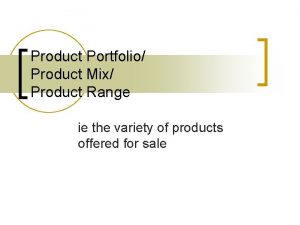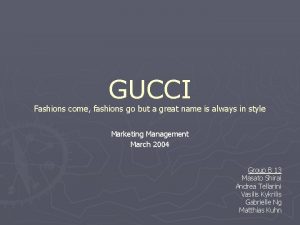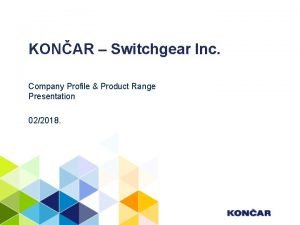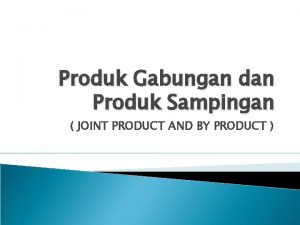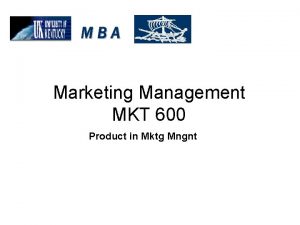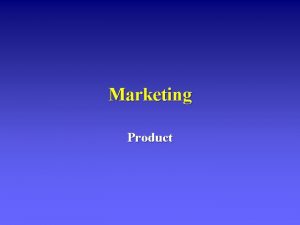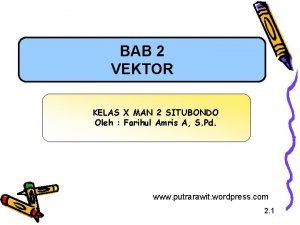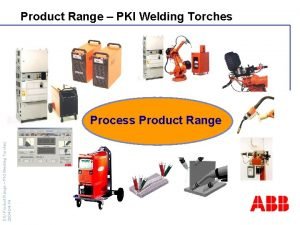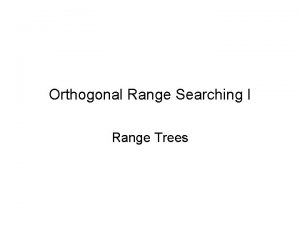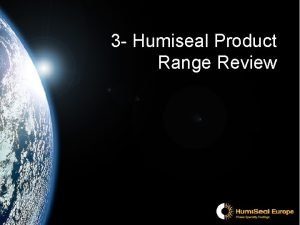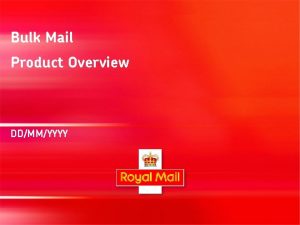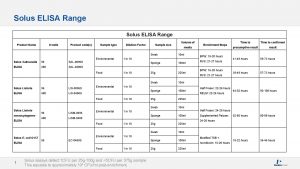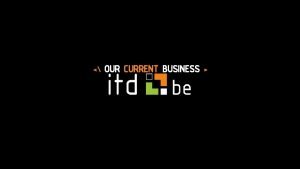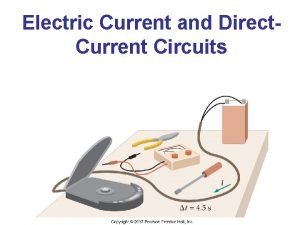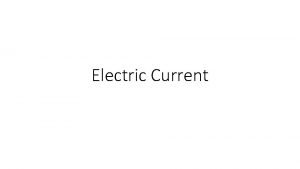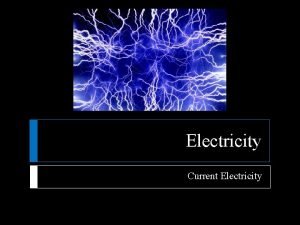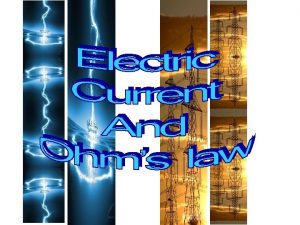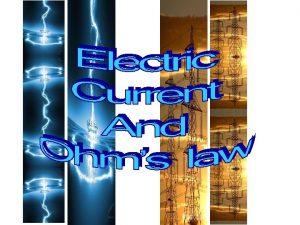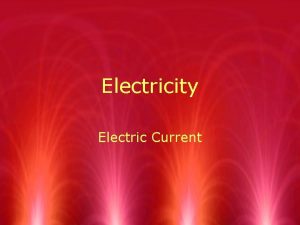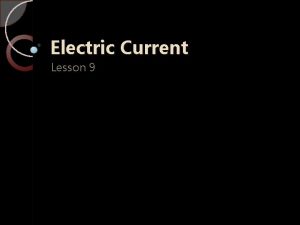UV Product Range UV Product Range Current UV


























- Slides: 26

UV Product Range

UV Product Range Current UV Curable Range • UV 40 Performance and Benefits • Technical information Comparisons • Silicones and solvent based

Current UV Curable Range UV Product Range • UV 40 - Background Released in 2006 UV curable acrylated polyurethane chemistry Allows fast throughput for high volume production

UV Product Range Current UV Curable Range • UV 40 - Range UV 40 -250 UV 40 -100 UV 40 -HV UV 40 Gel UV 40 Solar Viscosity (c. Ps) 500 250 100 3000 Gel, Shear thinning 500 Application Methods Selective spray, dip Selective spray Syringe dispenser Selective spray Markets Military Consumer Automotive Consumer Micro Any – for electronics connectors etc CPV, LED

UV Product Range Current UV Curable Range • UV 40 range – Markets Automotive Consumer Military UV 40 Range

UV Product Range Current UV Curable Range Percentage of UV 40 Sales • UV 40 – distribution of sales 100% 90% 80% 70% 60% 50% 40% 30% 20% 10% 0% 2006 2007 2008 Consumer Military 2009 Automotive 2010

Performance and Benefits UV Product Range • Technical information - Properties Can be applied with all selective coaters Electrical, physical, mechanical properties designed for current industry demands – VOC free, Pb free, no clean

UV Product Range Performance and Benefits • Technical information – Comparison to Silicones Electrical Cost Throughput UV 40 6 5 4 3 2 1 0 Silicone Mechanical SIR

UV Product Range Performance and Benefits • Technical information – Comparison to Acrylics Electrical Cost Throughput UV 40 6 5 4 3 2 1 0 Acrylics Mechanical SIR

UV Product Range Performance and Benefits • Technical information – Comparison to Urethanes Electrical Cost Throughput UV 40 5 4 3 2 1 0 Urethanes Mechanical SIR

Performance and Benefits UV Product Range • Explanation Increased material costs but 100% solids material Better all round performance – has benefits of urethane and acrylate chemistry Flexibility through only bettered by silicones – lets explain…

Performance and Benefits UV Product Range • Physical properties Tg (°C) – Glass Transition Temperature. The temperature range at where it softens from a glassy to a rubbery polymer CTE (ppm/°C) – Coefficient of Thermal Expansion The dimensional response to a material upon changes in temperature

Performance and Benefits UV Product Range • Test methods DMA Method - dynamic applies small deformation to a sample in a cyclic manner allowing the materials response to stress, temperature, frequency and other values to be determined. TMA Method - thermal Applies constant static force to a material and reports the material change as temperature or time varies to record dimensional changes. DSC Method Differential thermal analysis is the measurement of the difference in temperature between a sample and a reference as heat is applied to the system.

Performance and Benefits • DMA trace example UV Product Range

Performance and Benefits UV Product Range • Test methods Silicones typically have a Tg higher than RT – flexible at RT and increased operating conditions UV 40 range Tg around RT (depending on test method) - will be glass-like at lower temperatures So during thermal shock cycles UV 40 spends longer ‘glass like’ per cycle than silicone based

Performance and Benefits UV Product Range • Thermal shock or thermal cycle? Thermal cycle = like Mil spec – slow ramp between temperature extremes. 100 cycles

Performance and Benefits UV Product Range • Thermal shock or thermal cycle? Thermal shock = automotive specifications – fast ramp (40 -60 C/min) designed to ‘shock’ materials / solder joints FORD spec -45 to +85 C 1000 cycles Also depends on CTE mismatch between components (metals, plastics etc) and coating – test board also important

Performance and Benefits UV Product Range • Material cracking through thermal shock Cracking has been observed with UV 40 -250 through thermal shock testing during customer qualifications Humiseal set up a in-house study to investigate the causes of cracking and mitigation strategies

Performance and Benefits • Test board UV Product Range

Performance and Benefits UV Product Range • Design of Experiment Selectively apply UV 40 and UV 40 -250 to the test board and run thermal shock tests to investigate: v Thickness v Secondary curing - Rapid cooling of assemblies after oven curing v UV dosage Inspect at 20 -40 x magnification at intervals during thermal shock

Performance and Benefits UV Product Range • Design of Experiment Thermal shock info: -65 C to +125 C, 30 minute soak @ each temperature, 5 minute transition between T 1 and T 2. (~40°C/min Rate of Change) →Inspect at 20 -40 x magnification at intervals in thermal shock

UV Product Range Performance and Benefits • Findings after 500 cycles 18 16 14 12 10 UV 40 8 UV 40 -250 6 4 2 0 10 rate of change 20 rate of change *UV 40 and UV 40 -250 at 100µm

Performance and Benefits UV Product Range • Explanation During cure processes chemical bonds shorten in length →This causes shrinkage in coatings On flat substrate not an issue because coating unrestrained When applied over 3 D components it creates stresses within coating as it cures Stress has to be relieved Can cause cracking Measured shrinkage of UV 40 and UV 40 -250 at various cure conditions UV 40 -250 shrinks more than UV 40 ØHigher stress within coating ØIncreased tendency to crack

Performance and Benefits UV Product Range • Mitigation 1. 2. 3. 4. Control Coating Thickness Avoid Accelerated Secondary Cure Process Proper UV Cure Conditions Thermal Shock Conditions a. Higher rate of temp change increased tendency for cracks 5. UV 40 vs. UV 40 -250 a. Less shrinkage during cure b. Lower incidence of cracking c. Tg = 45 vs 25 C

Performance and Benefits UV Product Range • Next steps – UV 40 new Based on UV 40 chemistry which has many excellent properties New UV curable will have increased crack resistance – v increased flexibility, v raise the Tg v match CTE closer to components Formulation and testing is under way – expected earliest release date late 2012

Humi. Seal • 295 University Avenue • Westwood • MA 02090 • USA Tel: +1 781 8332 Humi. Seal Europe • 505 Eskdale Road • Winnersh Wokingham • Berkshire • RG 41 5 TU • United Kingdom Tel: +44 (0)1189 442 333 www. humiseal. com
 Portfolio range
Portfolio range Y connected generator
Y connected generator Power formula three phase
Power formula three phase Drift current and diffusion current in semiconductor
Drift current and diffusion current in semiconductor Ac systems lesson 4
Ac systems lesson 4 Drift current and diffusion current in semiconductor
Drift current and diffusion current in semiconductor Drift current and diffusion current in semiconductor
Drift current and diffusion current in semiconductor Gm formula for mosfet
Gm formula for mosfet Balanced wye wye connection
Balanced wye wye connection Holding current and latching current
Holding current and latching current Diffusion current density
Diffusion current density Why must the electrode holder be correctly sized
Why must the electrode holder be correctly sized Touch current vs leakage current
Touch current vs leakage current Kcl mesh analysis
Kcl mesh analysis As compared to long-range forecasts, short-range forecasts
As compared to long-range forecasts, short-range forecasts Gucci brand positioning
Gucci brand positioning Giromax delglaze
Giromax delglaze Product range presentation
Product range presentation Product life cycle kotler
Product life cycle kotler Contoh produk gabungan
Contoh produk gabungan What is a firm
What is a firm Product mix and product line
Product mix and product line Core product augmented product
Core product augmented product Cross product outer product
Cross product outer product Product desirability and product demand
Product desirability and product demand Product mix vs product line
Product mix vs product line Sifat cross product
Sifat cross product
